Archives
- 2025-12
- 2025-11
- 2025-10
- 2023-07
- 2023-06
- 2023-05
- 2023-04
- 2023-03
- 2023-02
- 2023-01
- 2022-12
- 2022-11
- 2022-10
- 2022-09
- 2022-08
- 2022-07
- 2022-06
- 2022-05
- 2022-04
- 2022-03
- 2022-02
- 2022-01
- 2021-12
- 2021-11
- 2021-10
- 2021-09
- 2021-08
- 2021-07
- 2021-06
- 2021-05
- 2021-04
- 2021-03
- 2021-02
- 2021-01
- 2020-12
- 2020-11
- 2020-10
- 2020-09
- 2020-08
- 2020-07
- 2020-06
- 2020-05
- 2020-04
- 2020-03
- 2020-02
- 2020-01
- 2019-12
- 2019-11
- 2019-10
- 2019-09
- 2019-08
- 2019-07
- 2019-06
- 2019-05
- 2019-04
- 2018-07
-
The anti platelet functions of ZGR were
2021-09-08
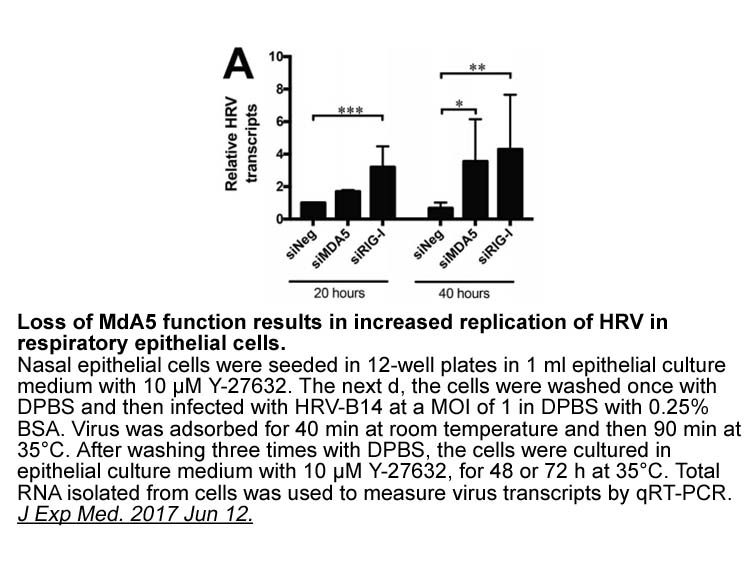
The anti-platelet functions of ZGR were confirmed by the mechanistic studies such as the activation of PKC, intracellular Ca2+ mobilization, and the expressions of P-selectin and PAC-1. Further, rivaroxaban prolonged the generation of thrombin and reduced the thrombin burst produced in the propagati
-
HOs can be found in both plants
2021-09-07

HOs can be found in both plants and animals and they are evolutionarily conserved proteins [8]. There are two HO isoenzymes: inducible heme oxygenase-1 (HO-1) and constitutive heme oxygenase-2 (HO-2) encoded by different genes [9,10]. Biosynthesis of a stress-inducible HO-1 can be triggered by a var
-
br Disp Mediated Hh Membrane
2021-09-07
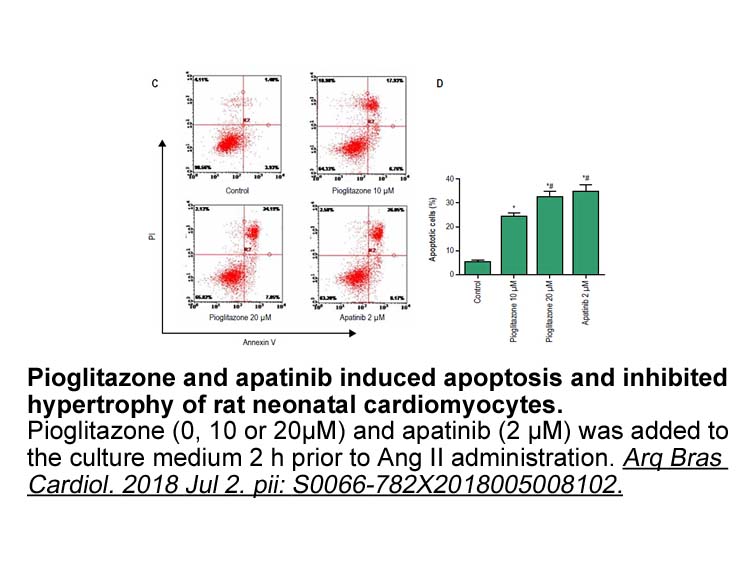
Disp-Mediated Hh Membrane Recycling Due to its cholesterol modification, Drosophila Hh enriches on sphingolipid-rich apical membranes of polarized epithelial Metformin 33., 38., 39.. Genetic studies examining Hh release from wing imaginal disc epithelia suggest that Hh must be endocytosed from th
-
As GSH cellular redox status is critical
2021-09-07
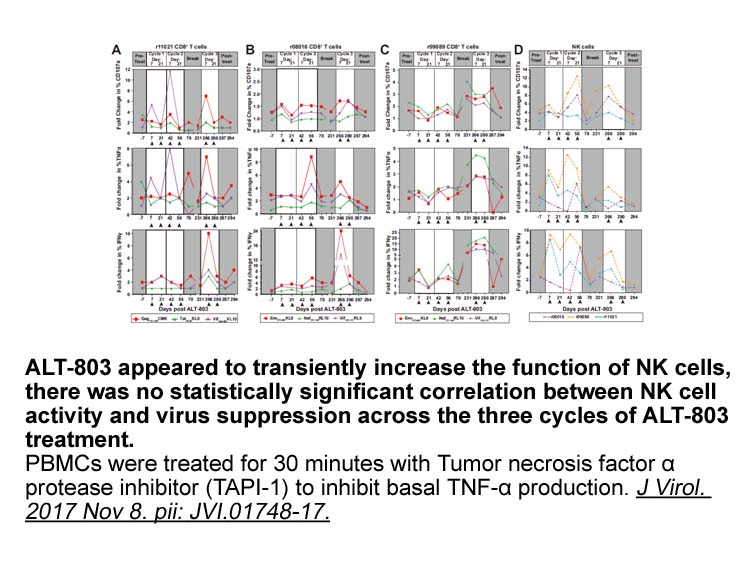
As GSH cellular redox status is critical for various biological phenomena including apoptosis and inflammation [34], [35] we hypothesized that inflammation could modulate GSTP1-1 gene expression. Indeed, reactive oxygen species (ROS) are released at inflammation sites and can be eliminated from Prim
-
The physiological role of lactate induced antilipolytic effe
2021-09-07

The physiological role of lactate-induced antilipolytic effects is less clear. It has been speculated that GPR81 mediates the inhibition of lipolysis during intensive exercise, a condition which results in high systemic lactate plasma concentrations 9, 10. Owing to oxygen shortage resulting from int
-
br Funding This work was partially supported by
2021-09-07
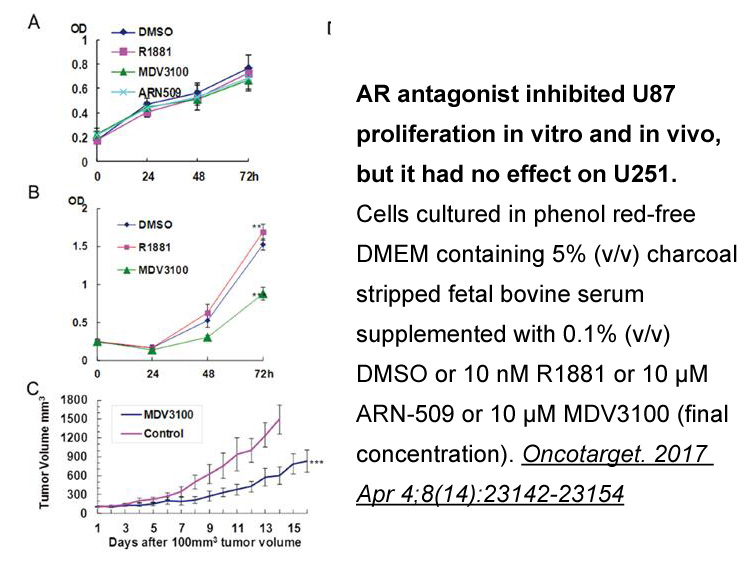
Funding This work was partially supported by the National Institute on Alcohol Abuse and Alcoholism, award R00AA021264, startup funds from the Department of Immunology, Herbert Wertheim College of Medicine, and the Office of Research and Economic Development at FIU, and pilot funds from Dr. Werth
-
br Acknowledgments This research was
2021-09-07

Acknowledgments This research was supported by a grant from the Korea Health Technology R&D Project through the Korean Health Industry Development Institute (KHIDI), funded by the Ministry of Health & Welfare, Republic of Korea (grant number: HI17C0616). Dr. Jun-Mo Yang was supported by the Nati
-
A high fat maternal diet during the pregestation
2021-09-07
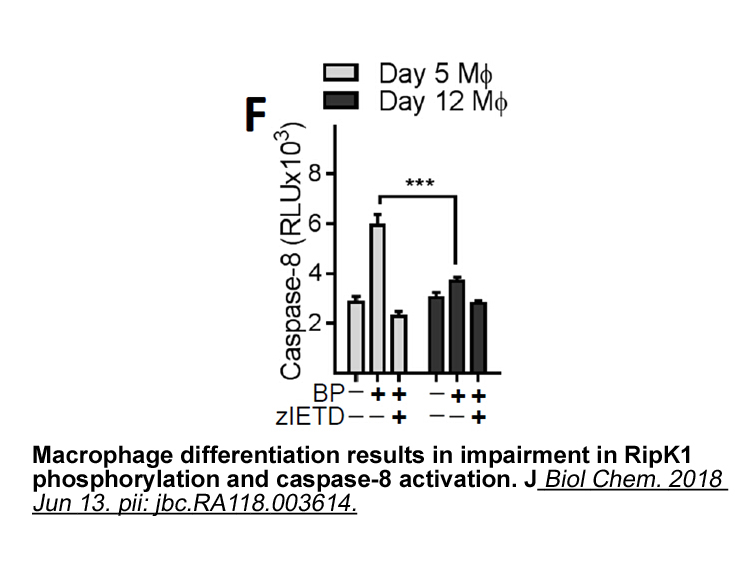
A high-fat maternal diet during the pregestation period and extending throughout gestation (including the period of conception) has the propensity of affecting early embryonic development and placentation. Previous investigations have revealed that the preimplantation embryos are generally exposed t
-
The Hedgehog Hh pathway is
2021-09-07

The Hedgehog (Hh) pathway is linked to the development of several types of epithelial cancers (Rubin and de Sauvage, 2006). A paracrine mechanism has been implicated in CAF activation, with Hh ligands secreted by cancer cells activating the glioma-associated transcription factors (Gli) in surroundin
-
Emergent studies have recently shown that Sherpas living at
2021-09-06
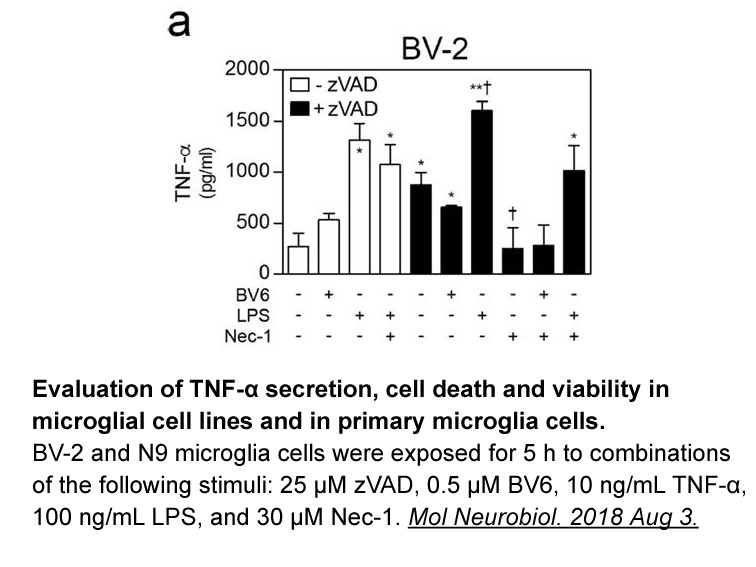
Emergent studies have recently shown that Sherpas living at high altitude have adaptations that make life at high altitude more compatible. Sherpas are known to have blood Hb concentrations about the same as lowlanders and Han populations [30]. This is different from what happens to lowlanders, Han
-
Ning et al showed that LPC appeared to increase insulin
2021-09-06

Ning et al. showed that LPC 18:1 appeared to increase insulin release through both GPR119-dependent and -independent mechanisms (Ning et al., 2008). In our study, we have shown that not only GPR119 but also GPR40 and GPR55 participate in LPC-stimulated insulin secretion (Fig. 4, Fig. 5) and target p
-
Mepivacaine HCl Immunohistochemistry using anti FFAR antibod
2021-09-06
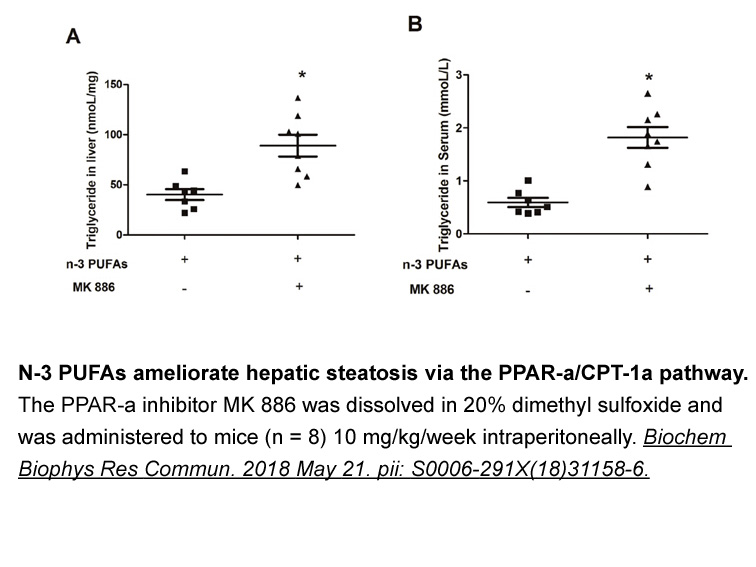
Immunohistochemistry using anti-FFAR1 antibodies revealed immunoreactivity for FFAR1 in association with the cell membrane of the hepatocytes (Figure 2). However, the anti-FFAR2 antibody was not suitable for immunohistochemistry under the tested conditions (data not shown). Fatty liver is an import
-
We used a culture model of human erythropoiesis that recapit
2021-09-06
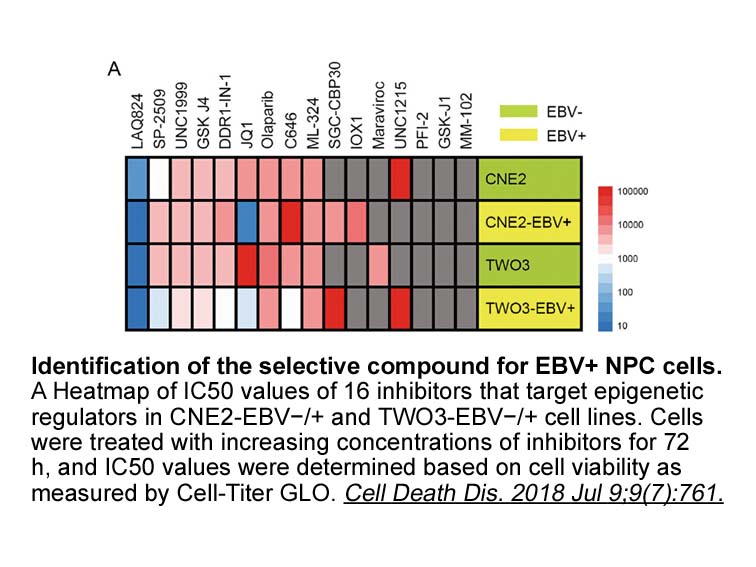
We used a culture model of human erythropoiesis that recapitulates all developmental stages [24] to screen a focused set of lncRNAs for potential contribution to this program. We found induction of lncRNA Fas-antisense 1 (Fas-AS1 or Saf) during RBC maturation and demonstrate that essential erythroid
-
br Materials and methods br Results br Discussion The COMPAS
2021-09-06

Materials and methods Results Discussion The COMPASS family of histone methyltransferases exhibits HMT activity towards histone 3 lysine 4 residue with KMT2F and KMT2G being the major H3K4 methylases (Shilatifard, 2006). They play an important role in the formation and progression of leukem
-
The importance of the histone chaperone function
2021-09-06

The importance of the histone chaperone function of Hat1p was highlighted by the recent demonstration that the catalytic activity of Hat1p is not sufficient for its function in vivo. Fusion of a nuclear export signal (NES) to yeast Hat1p effectively excluded the enzyme from the nucleus, with a conco
11190 records 290/746 page Previous Next First page 上5页 286287288289290 下5页 Last page